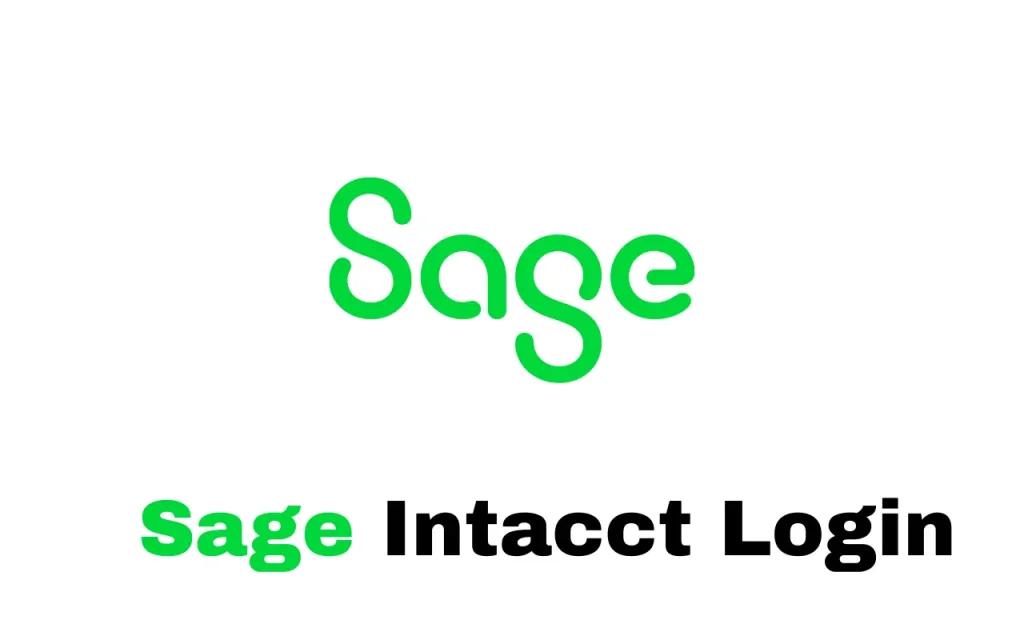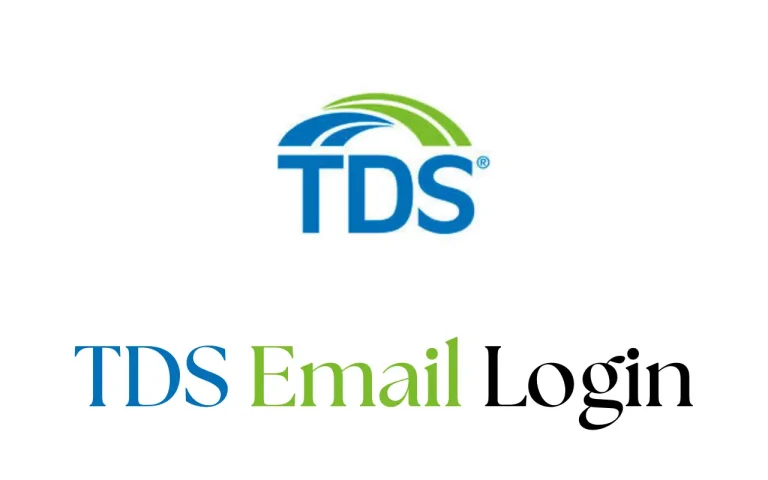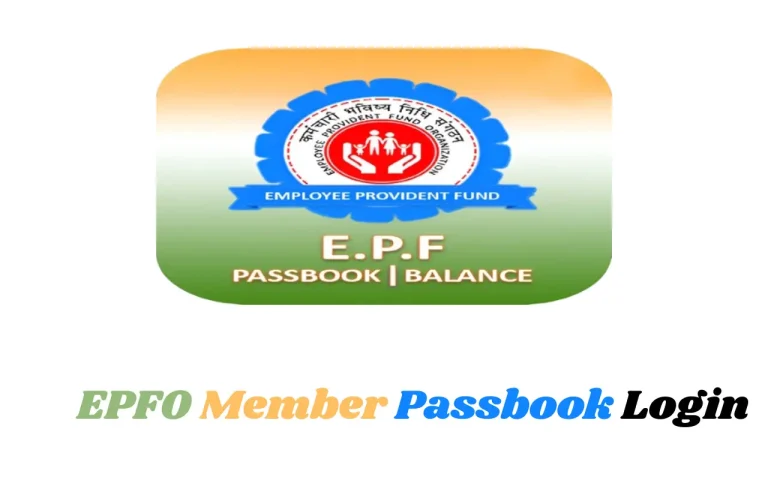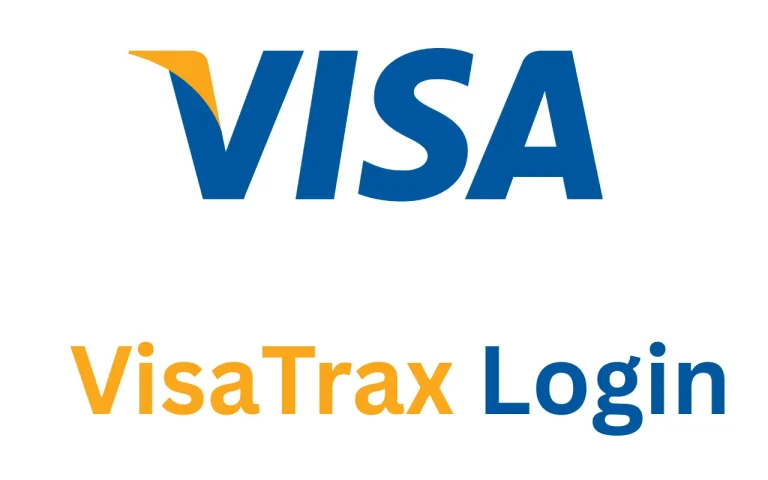Sage Intacct Login Guide: A Comprehensive Walkthrough
Sage Intacct is a cloud-based financial management platform designed to help businesses manage their accounting operations efficiently. It offers a broad range of features including real-time financial reporting, automation of core financial processes, advanced dashboards, and customizable workflows. Businesses of all sizes use Sage Intacct for its reliability and scalability. Because it is cloud-based, Sage Intacct allows users to access financial data securely from any location with internet connectivity, which promotes real-time collaboration among finance teams. It is widely used across industries such as professional services, nonprofits, healthcare, and more due to its flexible architecture and integration capabilities.
Accessing the Sage Intacct Login Page

To start using Sage Intacct, the first step is to access the login page. Users can navigate directly to the official Sage Intacct login URL: https://www.intacct.com/ia/acct/login.phtml. It’s also possible to reach the login portal via the main Sage Intacct homepage by clicking on the “Login” button usually located at the top-right corner of the site. This page serves as the central hub for all Sage Intacct login account access, including standard login and Single Sign-On (SSO) options for enterprise users. Always ensure the site is secure by checking for the HTTPS prefix before entering login credentials.
Understanding Sage Intacct Login Credentials
Access to Sage Intacct requires three key credentials: Company ID, User ID, and Password. The Company ID is a unique identifier tied to your specific organization and is typically provided by your system administrator. Your User ID is also unique to you and helps Sage Intacct recognize your personalized settings and permissions within the system. Finally, your password ensures account security. All three credentials must be correct to gain access, and they should be kept confidential to prevent unauthorized access. If you are a new user, these details will be shared with you during your onboarding process, and it’s recommended to store them securely using a password manager.
Step-by-Step Login Process
To successfully log in to Sage Intacct, follow this clear step-by-step process:
- Open a Web Browser: Ensure you’re using an up-to-date browser like Google Chrome, Mozilla Firefox, or Microsoft Edge to avoid compatibility issues.
- Navigate to the Login Page: Type or paste https://www.intacct.com/ia/acct/login.phtml into the address bar and press Enter.
- Enter Company ID: This unique identifier ensures you are logging into the correct organization’s instance.
- Enter User ID: Your personalized ID that enables Sage Intacct to load your role-specific data and access rights.
- Enter Password: Input your confidential password.
- Click “Sign In”: Once all credentials are filled in, click the sign-in button to access your dashboard. If your organization uses SSO, click on the “Use single sign-on” link and follow the prompts using your enterprise credentials. This method simplifies login by integrating your organization’s centralized authentication system.
First-Time Sage Intacct Login Setup
First-time users may encounter a brief setup process upon their initial login. This setup ensures account security and personalizes your experience. You might be asked to change your default password to something more secure. The system will then prompt you to set up answers to a few security questions, which can assist in future account recovery. In many cases, you’ll also be guided to enable Multi-Factor Authentication (MFA) to add an extra layer of protection. Following these setup steps ensures that your account remains secure and fully accessible in the future. Make sure to complete all required fields carefully and save your recovery answers in a secure place.
Multi-Factor Authentication (MFA)
Multi-Factor Authentication (MFA) is a security protocol that requires users to verify their identity through two or more methods before gaining access to their Sage Intacct account. This typically involves entering your standard login credentials (Company ID, User ID, and Password), followed by a secondary verification code. This code may be sent via email, SMS, or generated through an authenticator app such as Google Authenticator or Authy. MFA greatly enhances the security of your account by making it significantly harder for unauthorized users to access your financial data, even if they have your password. Always ensure your MFA settings are up-to-date, and that your device is capable of receiving or generating verification codes.
Troubleshooting Common Sage Intacct Login Issues
Login issues are not uncommon, especially for new users. Here are several frequent problems and how to resolve them: a. Incorrect Credentials – Mistyped Company ID, User ID, or Password are common errors. Double-check each field carefully, and make sure Caps Lock is not on. b. Forgotten Password – Use the “Forgot your password?” link on the login page to initiate a password reset. Follow the email instructions to regain access. c. Account Lockout – Too many failed attempts may result in a temporary lockout. Contact your admin to unlock your account. d. Browser Issues – Clear your browser’s cache and cookies if the login page fails to load properly. Switching to a different browser or using incognito mode can also help. e. MFA Problems – Make sure your authenticator app is synced correctly. If you no longer have access to the app, reach out to your administrator for help resetting MFA settings. Additionally, check if the time settings on your mobile device are synchronized correctly.
Best Practices for Secure Sage Intacct Login
Securing your Sage Intacct login account is critical given the sensitive nature of financial data, similar to the importance of maintaining a secure ShareFile Login for cloud-based file sharing platforms.. Here are several best practices:
- Use Strong Passwords: Combine upper and lowercase letters, numbers, and symbols. Avoid using easily guessable words.
- Change Passwords Regularly: It’s wise to update your password every 60 to 90 days.
- Avoid Public Wi-Fi: Unsecured networks pose a risk. Use a trusted internet connection.
- Always Log Out: After each session, especially on shared or public devices, be sure to log out to prevent unauthorized access.
- Enable MFA: This extra step adds an additional layer of protection. By following these best practices, you can help protect your organization’s financial data from security threats. Additionally, consider enabling email alerts for unusual login activity to further monitor your account.
Mobile Access to Sage Intacct login
Sage Intacct supports mobile access, enabling users to manage financial operations on the go. You can use your mobile device’s web browser to access the platform just like on a desktop. In addition, there may be a mobile app available in your device’s app store depending on your organization’s subscription. Mobile access includes functionality like reviewing financial reports, approving transactions, and checking dashboards, allowing finance teams to remain productive even when away from their desks. Ensure your mobile device is running the latest OS and that your browser or app is updated to maintain full compatibility and security.
Managing User Sage Intacct login Accounts
For administrators, user management is an essential task. To add new users, go to Company > Admin > Users > Add and fill in the required fields. To deactivate users who no longer need access, navigate to the same menu, select the user, and click “Deactivate.” If a user forgets their password, administrators can initiate a reset through the user’s profile. Regularly auditing user permissions and updating roles ensures that only authorized personnel have access to sensitive financial data. Additionally, administrators should track login attempts and enforce password complexity rules as part of routine security maintenance.
Frequently Asked Questions (FAQs)
Conclusion
Navigating the Sage Intacct login process doesn’t have to be difficult. With the right credentials and a basic understanding of how the system works, users can access their accounts easily and securely. Whether you’re logging in for the first time, managing users, or troubleshooting access problems, this guide provides a comprehensive resource. Implementing best practices like using strong passwords and enabling MFA will go a long way in protecting your financial data. As organizations continue to move toward cloud-based solutions, mastering tools like Sage Intacct is key to maintaining operational efficiency and financial integrity.







